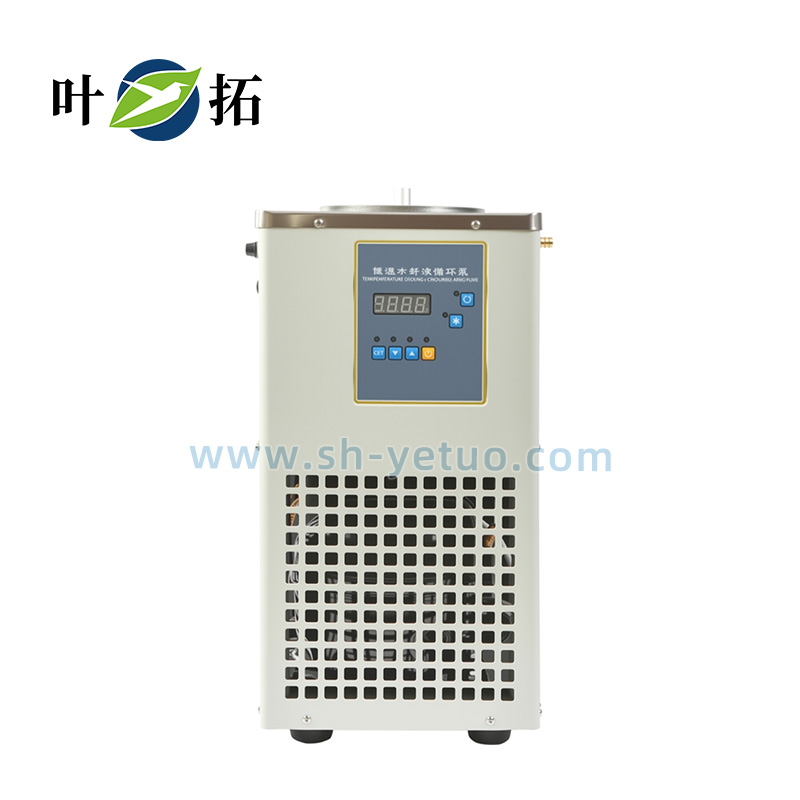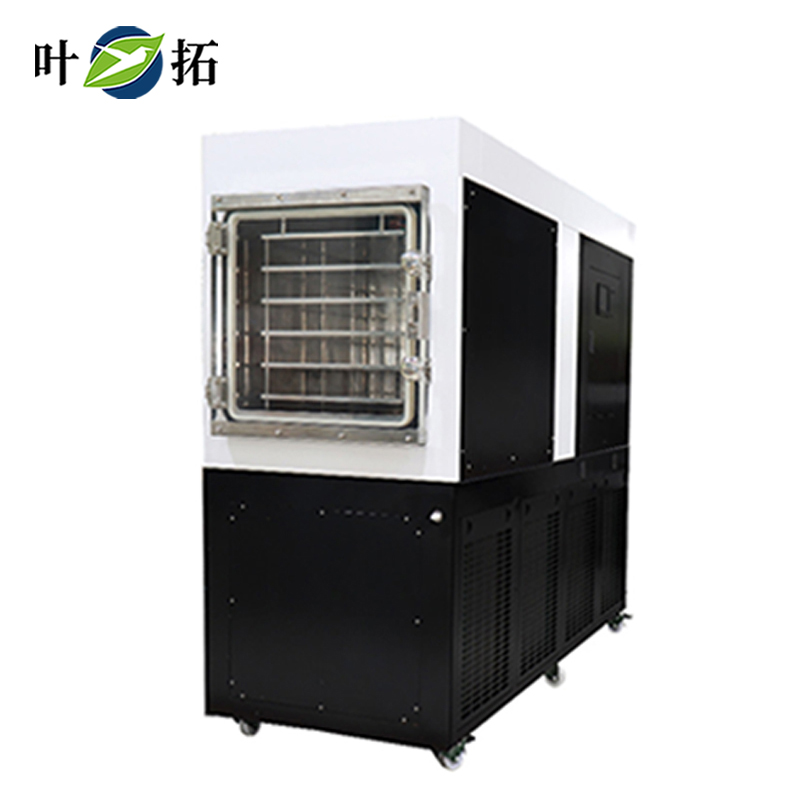

Product Parameters:
Product model: YT-LTC-50 (-10~-80 ° C)
Operating temperature: 25 ℃
Environmental humidity: 60-80%
Capacity: 50L
Dimensions: 560x740x1000mm
Diameter: 450x350mm
Diameter: 430mm in diameter
- Product Details
- Product manual
Yetuo YT-LTC-50 (-10~-80 ℃) Low Temperature Circulating Pump
Model: YT-LTC-50 (-10~-80 ℃)
Product Overview:
The YT-LTC series low-temperature circulation pump is an essential and commonly used equipment in laboratories. It is widely used in fields such as biotechnology, national defense, medicine, food, chemical engineering, metallurgy, chemical analysis, petroleum, etc., providing users with a high-precision, controlled, and temperature uniform constant field source. It is an ideal constant temperature bath for large, medium, and small research institutes, universities, factory laboratories, and quality inspection departments.
Product Features of Yetuo YT-LTC-50 (-10~-80 ℃) Low Temperature Circulating Pump
High precision intelligent temperature control system
Adopting microcomputer PID regulation technology and imported sensors, the intelligent digital system automatically corrects deviations, achieving precise temperature control with a resolution of ± 0.1 ° C, and dual window LED color separation display measurement/set values;
● Multiple security protection design
Integrated overheating, overcurrent protection, and overtemperature alarm functions, equipped with efficient anti-interference compressors, providing dual guarantees for stable equipment operation and experimental safety;
● Efficient and silent cooling performance
Optimize the refrigeration architecture to achieve rapid cooling, with significantly lower operating noise and vibration compared to conventional products, meeting the quiet requirements of the laboratory;
● Multi functional extension application
Support switching between internal and external circulation modes, external circulation can establish a second constant temperature field or serve as a cold/heat source, flexibly regulate the temperature of external containers, and adapt to diverse experimental scenarios;

 Alibaba Store
Alibaba Store Tmall Store
Tmall Store Jingdong Sstore
Jingdong Sstore






